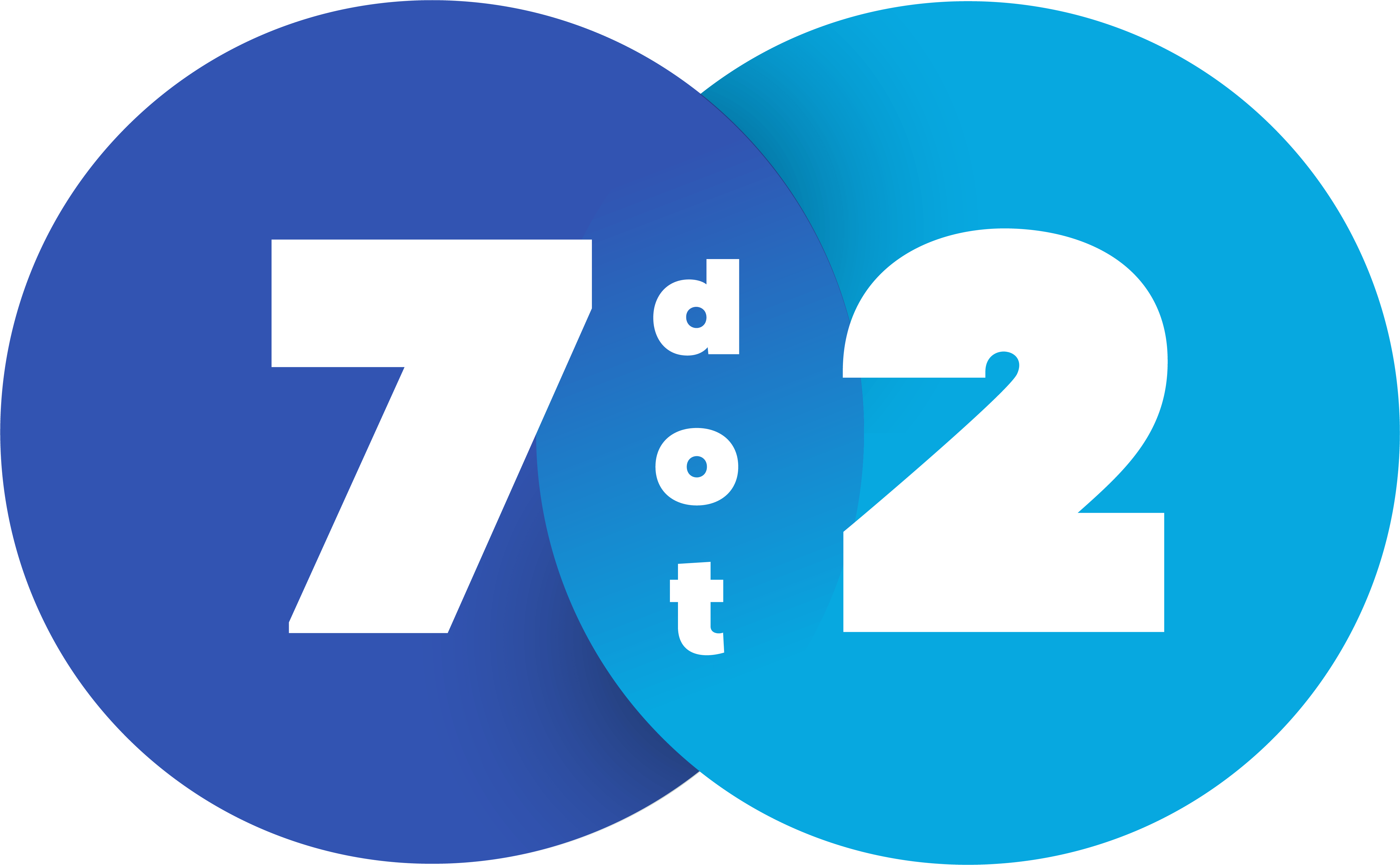IT Consultants – Gear Up for the Promising Times Ahead
Posted on : 05 October 2022 at 21:57 pm, by Puneet Aggarwal, Founder 7 dot 2 IT Consulting
Article on IT Consultants published in CIO Review Magazine, Wednesday, 28 September 2022

The Covid-19 pandemic added an impetus to this desire of fast digitalization not only among CIOs but also CEOs and business owners. Enterprises have realized that they can offer much better value to their customers, accelerate service delivery, and drive tremendous efficiencies in the supply chain by using collaborative
Technologies, increasing transparency and accountability via adoption of IT. This increased awareness and consciousness to adopt IT among enterprises is one of the major factors driving demand and market growth. At the same time technology is rapidly evolving whether on the cloud or low code application development, BI and analytics solutions; the IT solutions are becoming easier to adopt as the IT vendors are managing the complex part of technology themselves and focussing on making it simple for customer to start using it and getting business benefits.
In my view, this market in India will undergo evolution of delivery models among the vendors. Customers in India always demand very high value for their spends and IT Consulting & implementation vendors need to find newer ways of delivering this high value. One recent change has been delivery of high impact outcomes using virtual consulting platforms without the need for the consultant to be physically at the customer site driving down costs. On the other hand, consultants will have to infuse young blood to quickly adopt to highly dynamic and evolving technology stacks. The solutions also must be more agile & adaptive so they can integrate well with this changing IT landscape.
IT Consultants will have to adopt a mutli pronged approach and in this article, we discuss 3 such areas of competitiveness, optimized IT Infrastructure and application strategies.
Striking a Balance between Competitiveness and Meeting the Demands
IT consulting service providers will have to think of newer operating models to strike the balance between being competitive and meeting customer demand while ensuring there is no conflict. There are three steps to this new operating model
- Future Operating model and roadmap – IT Consultants will have to understand the long-term business vision & direction and accordingly design a future operating model and a roadmap to transform the organization.
- Transformation Roadmap Journey – The central design parameter will be the customer in each of the transformation journey. Enterprises supported by the IT consultants will have to adopt digitization, advance analytics, lean process design, intelligent process automation with a mix of outsourcing in this transformation journey
- Scale – The solutions will have to be agile and cross-functional even while achieving scale. The IT solutions will have to tie in closely with the management systems, organizational
culture and capability, IT Architecture while remaining nimble, agile, adaptive and business focussed.
Optimizing on-premise Infrastructure the Right Way
On-premise Infrastructure setup involves a clear understanding of the current and future business requirements. A lot of focus and thought should be given to begin with a blueprint, as starting with a plan can make the business operations smoother. To avoid risks in optimization after the initial setup it is suggested to follow a 3 step approach:
- Audit – determine why is there a need to optimize your company’s IT infrastructure through the audit process.
- Plan – prepare the new design and plan the optimization process of the IT infrastructure. One needs to ensure that Organization’s operations are not impacted.
- Implement – the new design is implemented in this stage, while at the same time monitoring and assessing the performance of the resources after optimization.
Some of the typical technical approaches to optimize could be consolidation of data centers, reduction in number of servers, virtualization, reducing memory, storage optimization, partial migration to cloud among others.
Effective Enterprise Application Strategies
The VUCA business environment requires IT Consultants to build Enterprise Application strategies that have the ability to adapt to the dynamic developments in business and technology.
One of the primary requirements would be to align the application strategy goals to the organization mission. Key goal for Enterprise Application Strategy is to directly enhance, speed up and safeguard the organization’s applications. Any application which is not aligned with the business vision should be de-prioritized. One can start with building an application inventory and assessing cyber risk for each application. Finally prepare logical groups of applications based on priority, business requirements, performance, security, compliance and type of application.
The rapid evolution of technology presents a daunting challenge to respond efficiently and effectively while keeping the costs low, minimal disruption and ease of adoption. One should select technologies with flexibility, have short term contracts and long-term view. This will allow one to respond faster to changes in technology. Cloud computing, standard applications like SaaS software, reduce customized software, web based services, modular approach in application architecture offer these features to respond to the technology changes.
To minimize the probability and impact of disruptions to IT services, IT consulting service providers must focus on Business Continuity Planning (BCP) and Disaster Recovery (DR). Business risk assessment is required to assess the probability and impact of such events. Effective risk response strategies need to be developed to reduce the possibility and minimize impact of any disruption. This should not be limited to a one time activity but has to be done regularly and periodically for effective readiness in case of any such situation.
Specifically for Cyber Security there are many remedies available for risk assessment and response planning. Regular external audit example VAPT from credible partners should be carried out and all audit findings adequately addressed. Regular and active monitoring of the IT environment be it network, end-point, user training, web access, software updates among others is required to be aware of the risks and address them proactively. Other than technical responses business can consider taking insurance to mitigate financial losses if such a situation arises.
Future Depends on How the Demands are Catered
In the near future the demand for IT Consulting services is expected to continue to grow. Post Covid-19 pandemic, the change in the mindset and wider acceptance of IT would drive the demand. Coupled with the rapid changes in technology, complexity of choosing solutions for future and high degree of awareness around cyber security will mean that customers will look for accomplished IT Consultants to help them navigate through this maze. Customers are also expected to continue demanding industry knowledge from the IT consultants and at the same time they would like to adopt technology related to buzzwords like analytics, IOT, AI/ML, digitalization, mobility among others. IT consulting services companies will have to help customers address their business challenges using disruptive technologies, from idea to strategy to solution to implementation and effective delivery, with sustainable and long-term
change.
